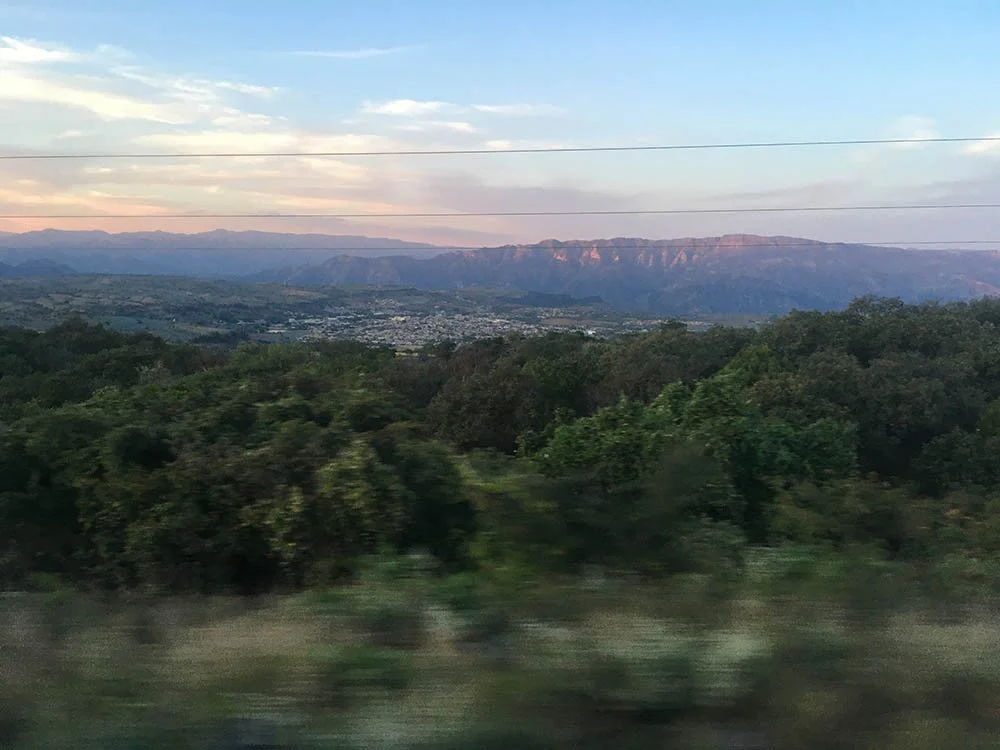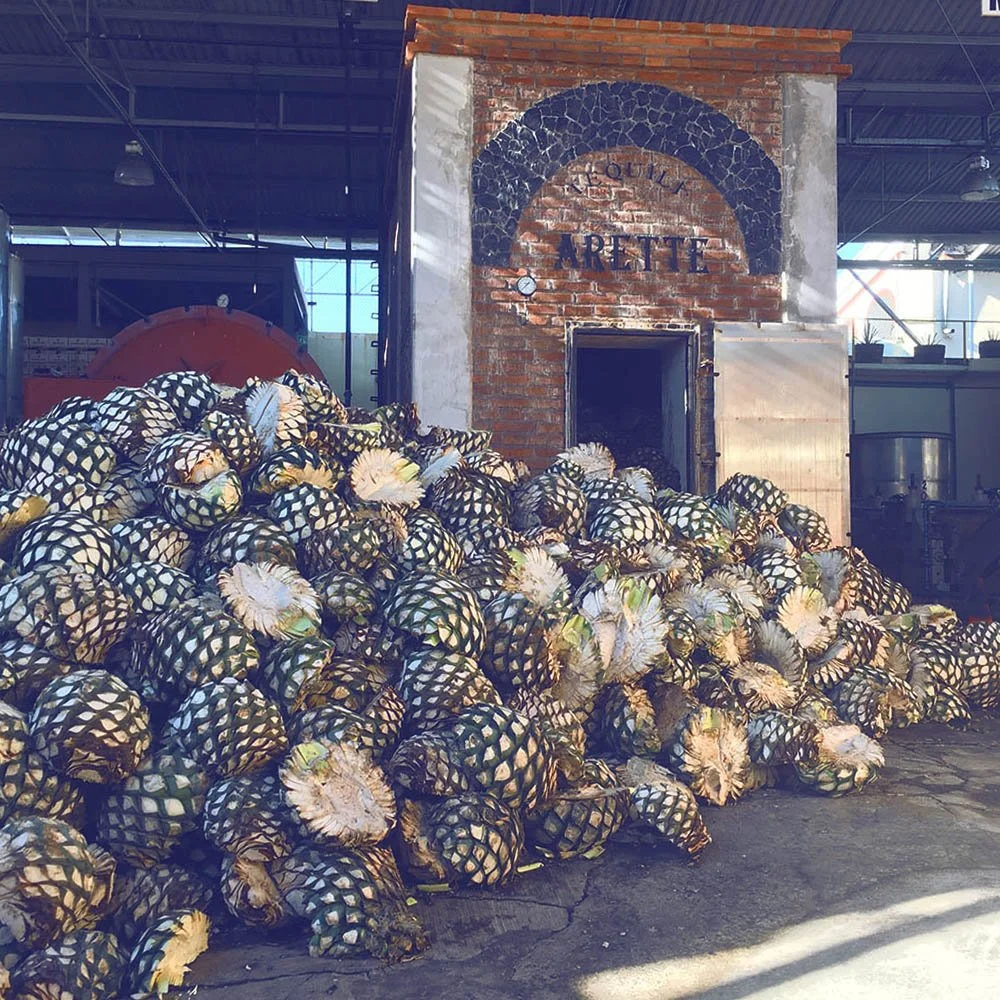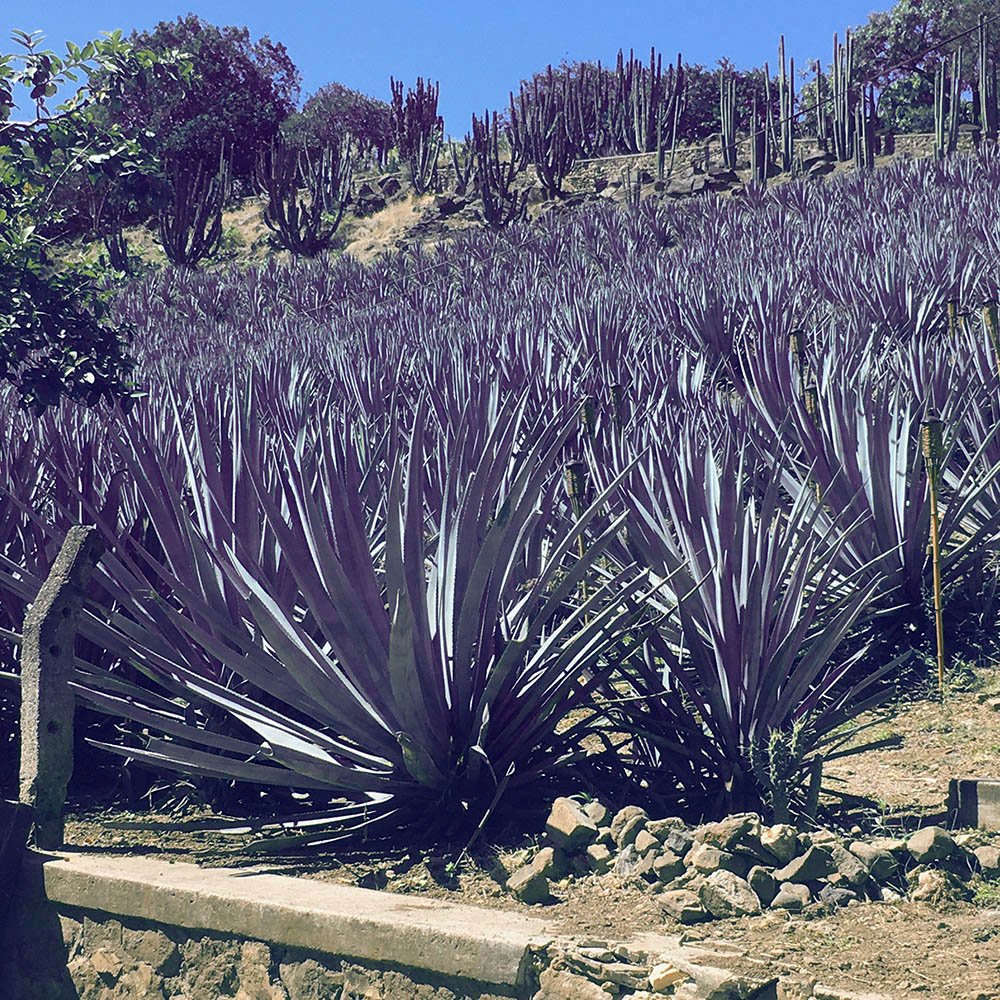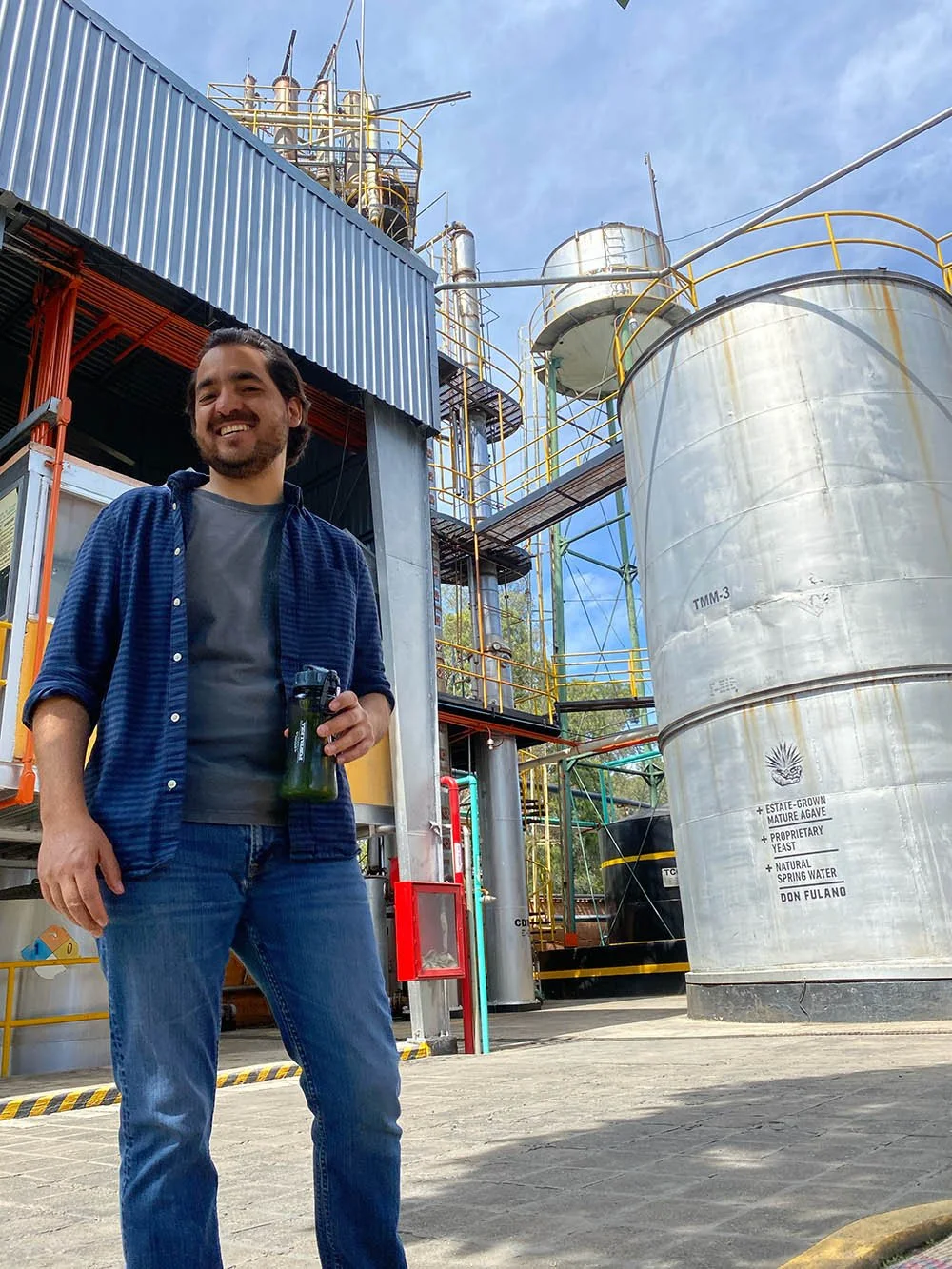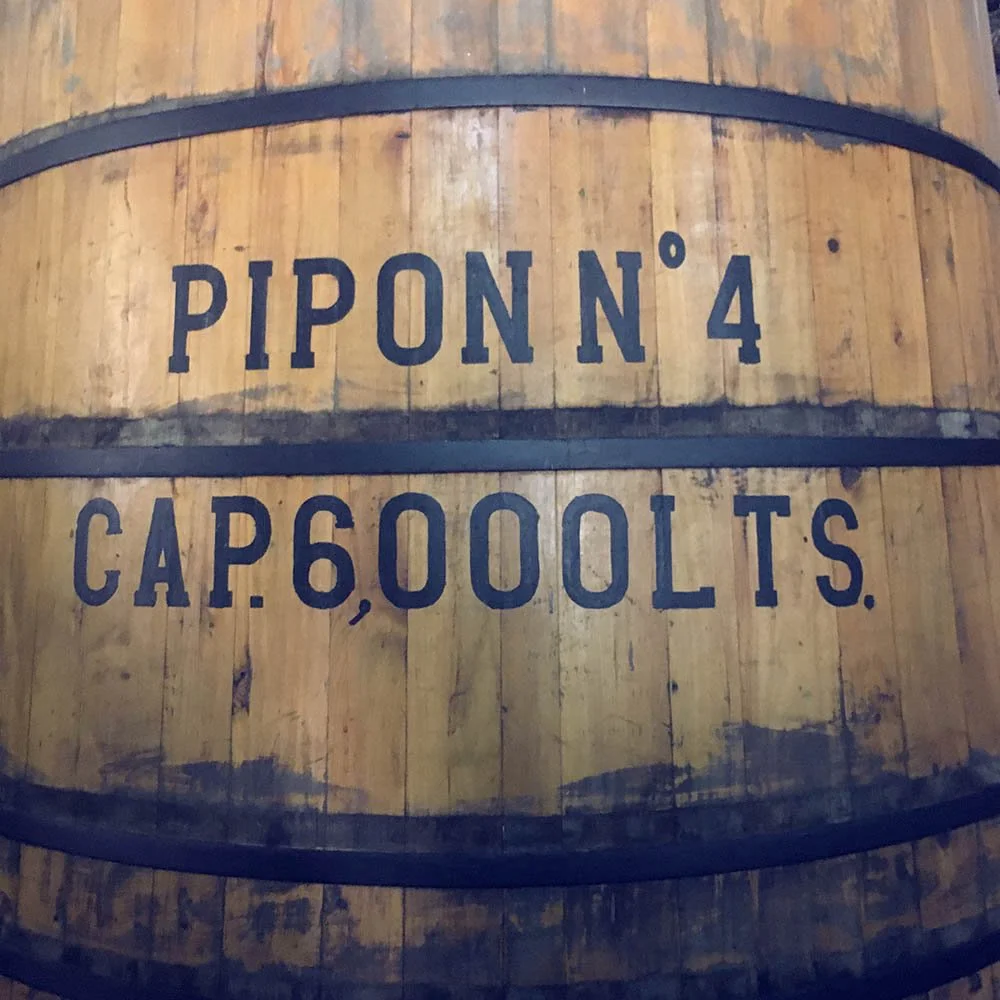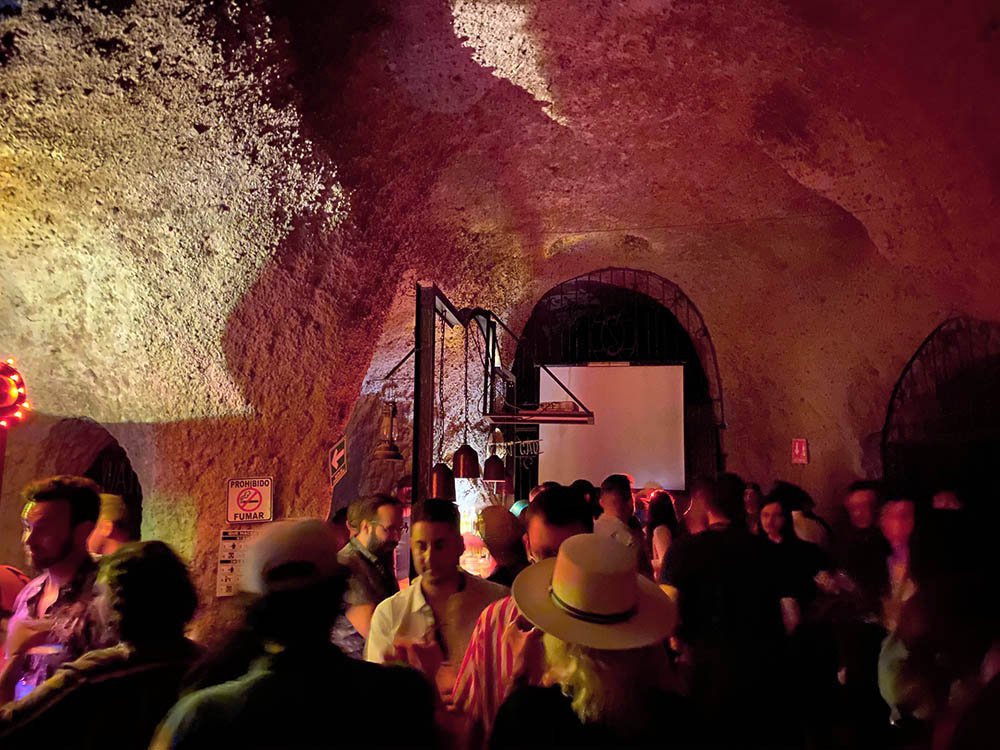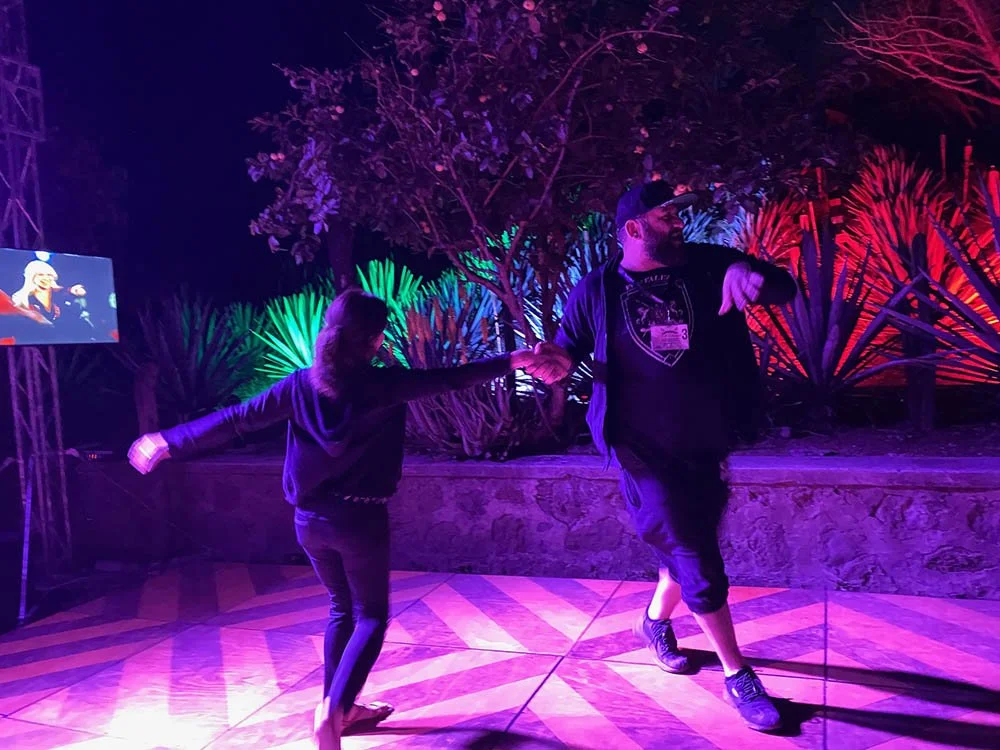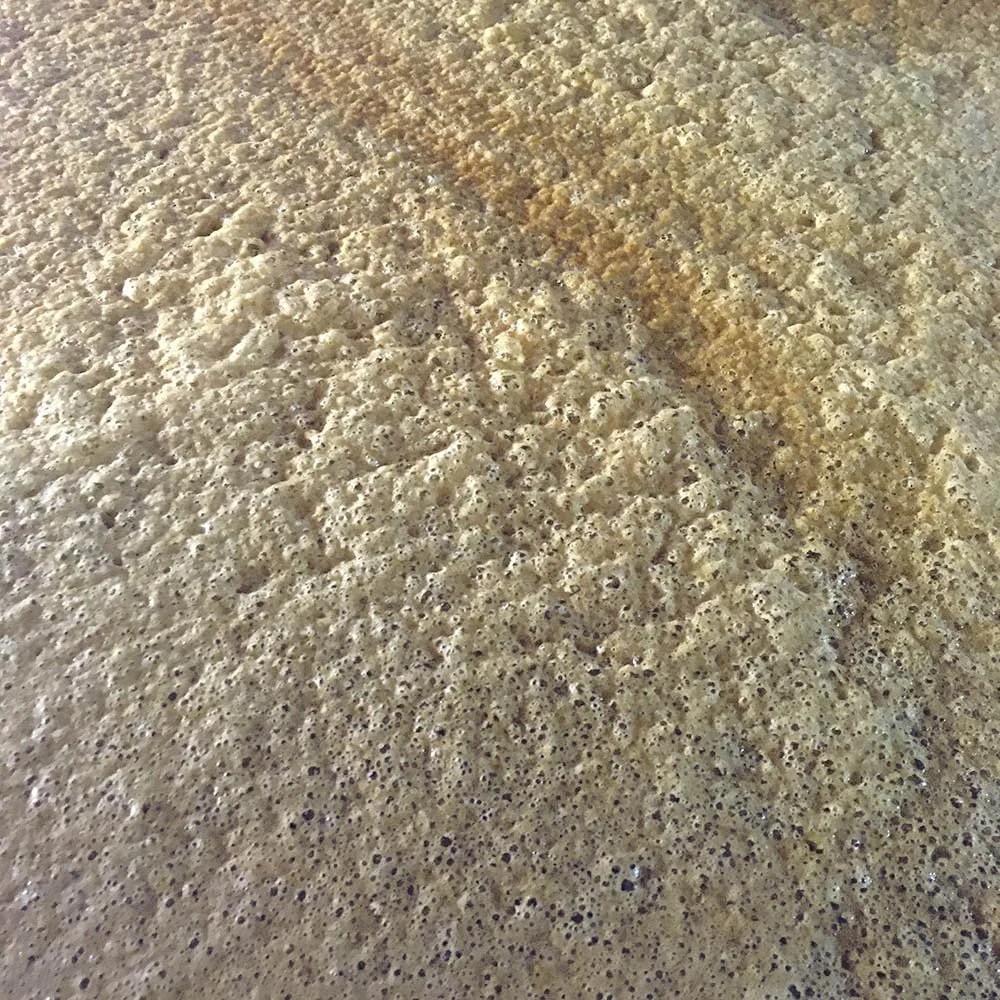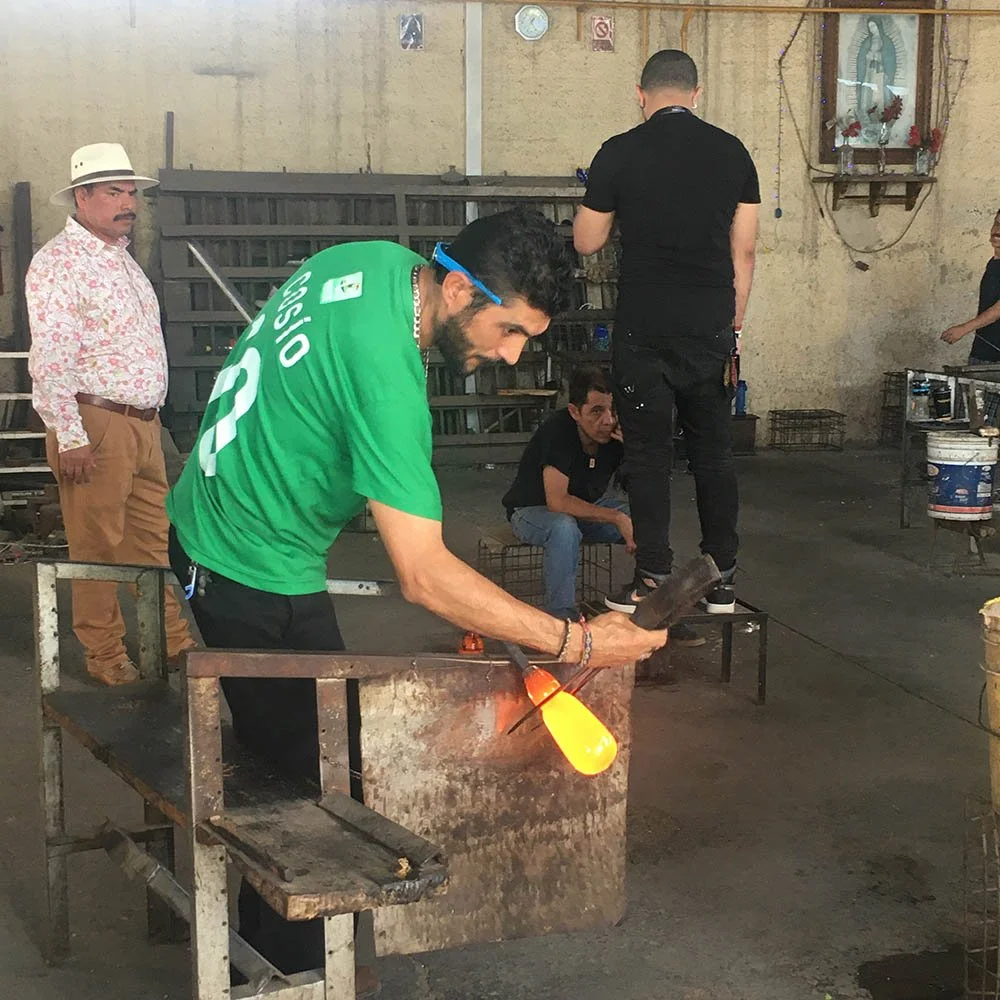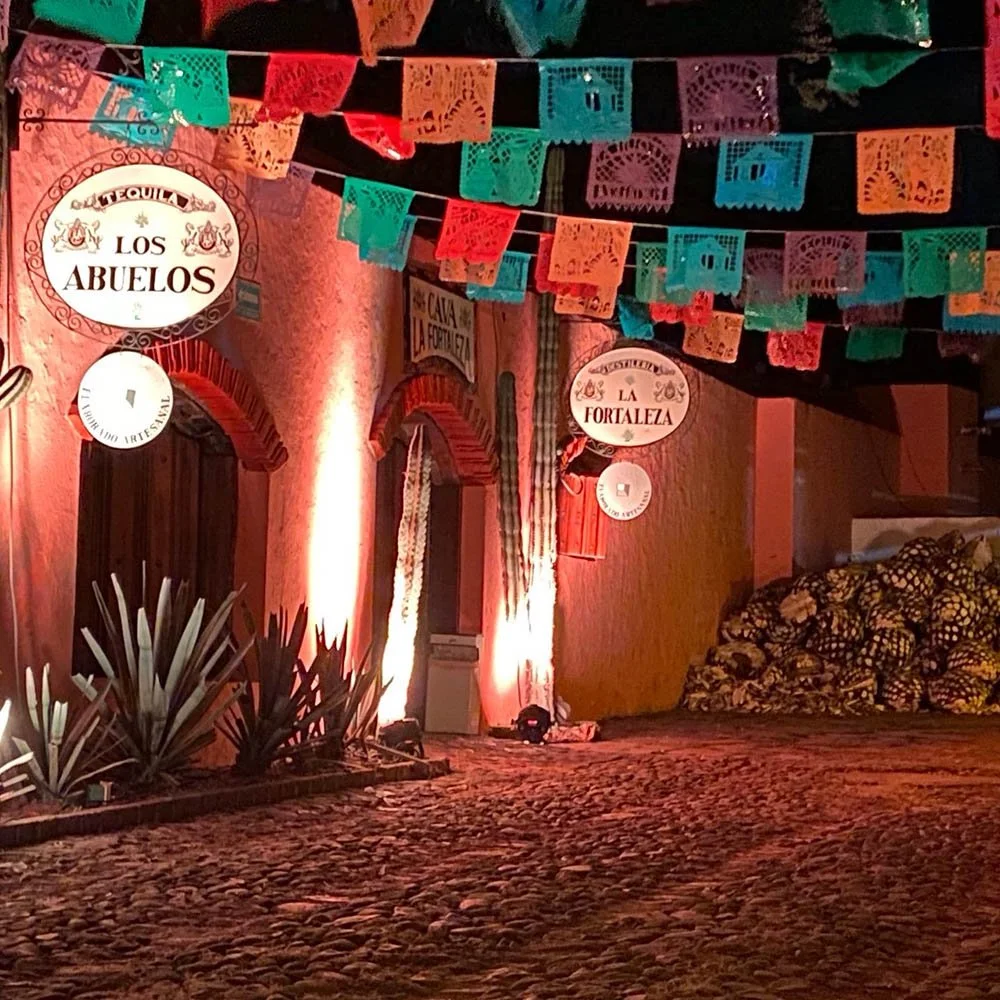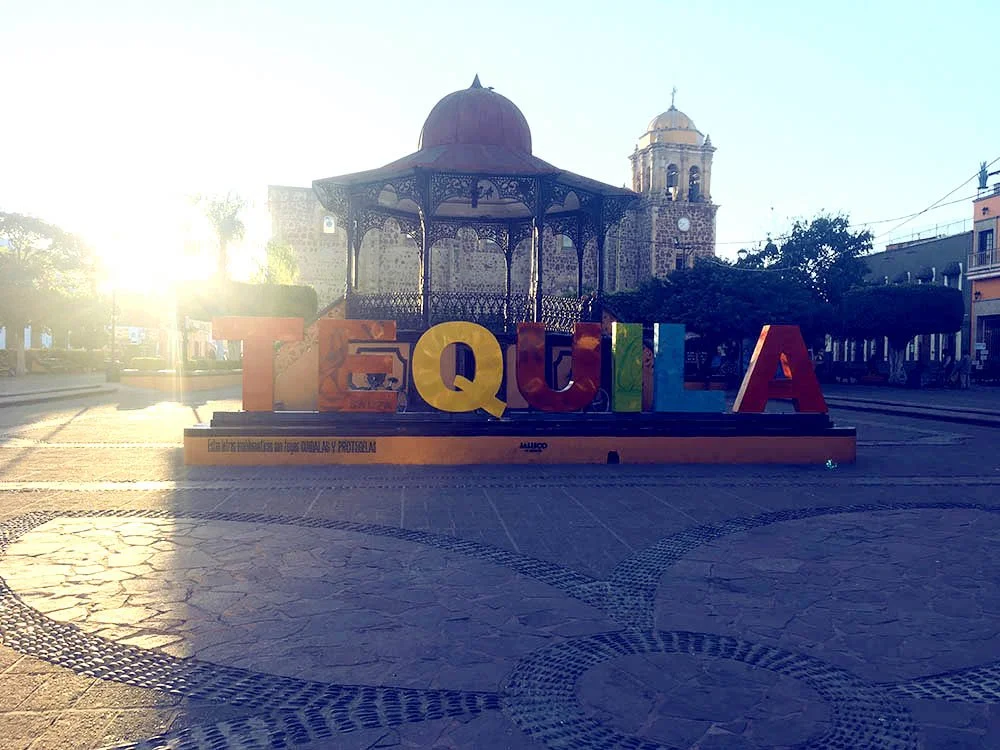Tequila Made Right
It’s hot out. We should all be at the beach. Maybe you are at the beach. Maybe you’re tailgating in your building’s parking lot like I am. Most importantly, what are you drinking? And you better not say White Claw.
No my friend. You are drinking tequila. And not just any tequila. Not that swill that’s distilled from unripe agaves to 95% alcohol in column stills then flavored and colored to look like tequila. You are drinking true artisanal tequila made in the the town of its namesake by people who care about the quality of what they are doing and subsequently what you are drinking.
Before Covid, before all this bullshit, my sister and I went to Tequila on a PSWS expedition and got to hang out with some of the best people in the business.
TEQUILA
The town itself is about an hour and a half drive from Guadalajara. Driving out of the city we watched the scenery change from urban landscape to beautiful rolling hills dotted with countless blue agaves. We had the incredible good fortune to be hosted by Fortaleza Ambassador Juan Arboleda, a lovable giant with an outsized sense of humor. A native New Yorker, Juan travels all over helping to advance the brand.
The town of Tequila is tiny and alive. The center of activity focuses on the Plaza Principal and a charming 18th century church called La Parroquia Santiago Apóstol. In the daytime the entire population seems to converge in the square including all the students in their uniforms. In the evenings it’s full of street vendors and performers. The only place like this you’ll find in America is in The Music Man from 1962, only it’s way cooler.
The Museo Los Abuelos is right off the plaza and the site of a reception hosted by Don Guillermo of Fortaleza. Guillermo is a descendant of five generations of tequila distillers who campaigned to establish the Tequila appellation. This is his museum, dedicated to his ancestors and the history of the spirit he distills. Guillermo spoke of his grandfather and how he grew up knowing he wanted to be involved in the family business. When his grandfather sold the business in 1976, Guillermo was devastated, but they kept the land and the distillery. In 1999 he endeavored to get it up and running again making Tequila using the same methods they did over 100 years ago.
ARETTE
This Arette distillery has been around since the 1900s and operated by the Orendain family since 1976. The brand is named for a horse that, jockeyed by Humberto Mariles, won 1 bronze and 2 gold medals for jumping in the Olympics (there is a photo of the horse on their label). Eduardo and Jaime Orendain are the master distillers for Arette and the 5th generation of the family to be involved in the business. The agave in their tequila is all estate grown, a rarity in this sector. They still follow the business plan handed down from the first generation, believing in quality over quantity for their product. The barrel aging room is across the street from the distillery and upon entering you are surrounded by rows and rows of barrels giving off a wonderful sticky whiskey scent, which is what makes the reposado and anejo tequilas so special. We tasted through their line of tequilas, including the Gran Clase Extra Añejo which you can’t get right now in the US. The passion that the family has for tequila making can be tasted in each sip.
FORTALEZA
Prior to coming to Mexico, Fortaleza was already my favorite tequila. Actually visiting the location, it’s hard to argue that there is a better company making this spirit. Walking over the cobblestone courtyard, we were immediately greeted by two dogs who were chilling out in the afternoon sun. A stone staircase lead up the hillside away from the buildings, the pathway winding around the hill. Huge trees have anchored themselves around the stone retention walls, elaborate curling routes like melted taffy reaching deep into the dirt. From the top you get a sense of how surrounded you are by the agaves, the town off in the distance.
The buildings below are the original distillery. Guillermo has kept everything as it was when his ancestors made tequila here. The agaves are allowed to fully ripen before harvest, a process that can take up to 20 years. They are cooked for 36 hours in the steam oven then crushed in the tahona, a giant stone mill made from lava rock, the same stone mill that was used over 100 years ago in the distillery’s first incarnation, the only change being that instead of a mule it is now turned by an electric motor. Five men crushed agaves in a room filled with humid, sweet smelling air. Fermentation takes place in open vats, the juice then distilled twice in 100 year old copper stills.
We don’t typically gush about packaging, but even the Fortaleza bottles are special. Each one is hand-blown and labeled with a lot number, then sealed with a hand-painted cork made from the agave plants.
As cool as the process was to watch, having drinks in The Cave was even cooler. This is not a code word, it was in fact a cave that they’ve turned into a bar. Dark and damp, they used to store agaves here but there was too much moisture. Now it’s home to a colony of bats that share the space and pollinate the plants at night. A word of warning was given—when you are in the cave and the bats fly at you it is best to just stand still. Wait, what?
And, boy, do they know how to throw a party. The outdoor dance floor laid down, the music pumping, the hillside agaves lit up blue and pink and a plethora of smells from the food being cooked at outdoor stations (best churros I’ve ever tasted). Palomas and spicy margaritas and ABBA playing in the bat cave.
DON FULANO
The largest of the 3 distilleries, Don Fulano has an impressive portfolio of tequila products. Owned by the Fonseco family, 100% of their tequila is estate grown in an area called Atotonilco in the highlands outside the town of Tequila. They also use a unique process of dual distillation—the first in a copper pot still and then in a double column—then blend the two.
It takes a great amount of time and effort to craft the Don Fulano spirits. From the steam filled oven to the open distillation and then the aging in barrels used from areas such as Jerez, Portugal, Burgundy, Bourdeaux, Loire Valley, Napa Valley and Sonoma. All of these details are what makes Don Fulano special. You can tell the minute you step onto their property that the empire they’ve built is from blood, sweat and tears. The barrel aging cellar is so big you could get lost in it. One member of our group tried to walk down and reach the back and was never heard from again. Tasting through the products, we got to sample the exquisite 18 year.
LA FORTUNA BREWERY
Jalisco is also home to Fortuna Brewery, a craft beer producer fairly new to the scene having opened 5 years ago. They use only four ingredients in their beer: Malt, hops, yeast, and water. They do not use preservatives and their beer is unpasteurized, so it has to stay cold and be consumed within 6 months. What you get are super-fresh and tasty brews.
Fortuna won the prize for Mexico’s best brewery at the Aro Rojo International Beer Contest, held on Mexico’s Northeastern coast, where 265 breweries from around the world enter their finest beers. That’s a huge accomplishment for a young brewery. They are the only brewery in the land of Tequila. Their space is located in the area called the “Lung of Guadalajara,” an area known as the Primavera Forest which is lush with greenery. Their grounds are gorgeous and serene with a cantina where you can sit and relax while sipping on one of their delectable beverages. The Canta Beerto cerveza is a light, session ale with a slight grapefruit flavor. Super crushable in the hot weather. Their standout brew is the Sake Ale, created because they at one point thought of trying to make sake, realized it wasn’t going to work and chose instead to try the sake yeast in their brew. The experiment worked and this beer is now being served in Japanese restaurants in Guadalajara. While we can’t experience Fortuna Brewing in the States yet, they are hoping to find a way. With their 9 styles and the more experimental beers they are getting ready to make, let’s hope this happens sooner rather than later.
I’ve left out some of the details, like accidentally ordering chocolate cake for breakfast (note to self: brush up on your Spanish), drinking 40 oz cervezas at the Lucha Libre event (the girls were the bomb), the mysterious flesh eating wound that appeared on my hand, and watching Juan back flip into the pool wearing a pink bikini (I caught it in slo-mo). That’s for another article.
We heard the news of the corona virus in the airport bar drinking palomas. Had we been heading home just a few days later, we might have been stranded in Mexico rather than locked down in Cambridge for 2 years. It never hurts to dream.

